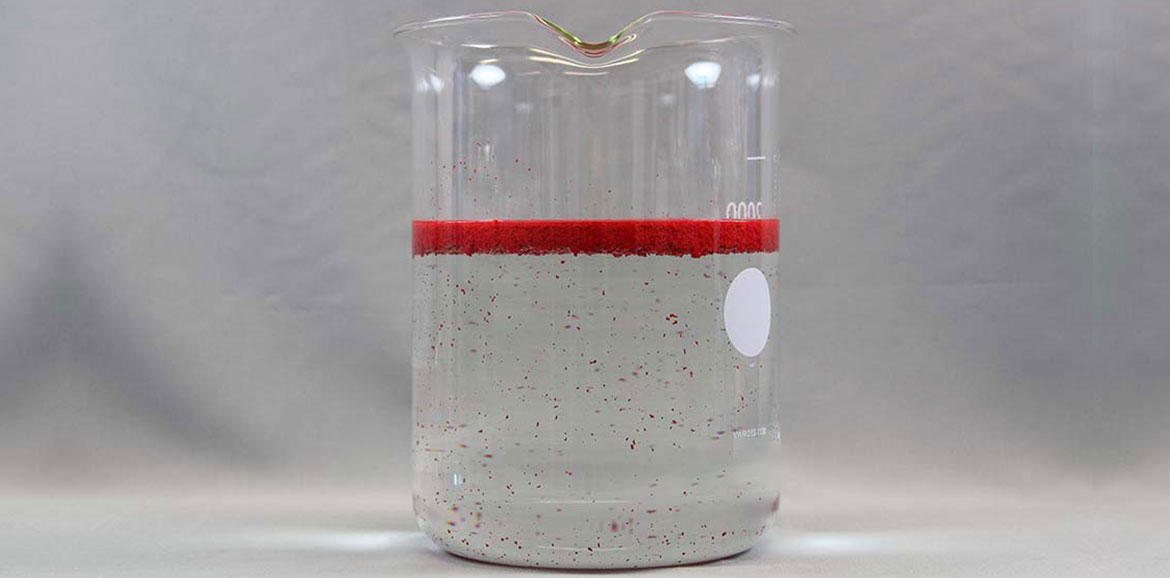Vehicle is the phase in which pigment is dispersed, often a solution of binder, solvent and additives.
Vehicle separation is a type of settling caused because of excessive wetting of the pigment. It is also called as soft settling. In this it is easy to re-disperse the settled particles back into the medium, only to settle again. Excessive wetting of the pigments can be because of:
1) Certain low oil absorption pigments, especially of high specific gravity which show gradual wetting on storage, hence leading to excessive wetting out.
2) Excessive use of wetting agent.
3) Use of wetting agents with very high adsorption properties.
4) Use of more than one wetting agent in formulation without checking their synergistic properties and optimizing the dose.
WETTING AGENT
Wetting is the ability of a vehicle to flow onto the surface in order to achieve a good bond.
Wetting agent is defined as a chemical which creates a barrier around the dispersed pigment particle thus preventing agglomeration and resulting in stabilized dispersion of pigment in medium. They are also called by some people as hyper-dispersants.
TEST FOR THE WETTING AGENTS
TEST METHOD
Prepare 20% solution of the dispersing agent in a suitable solvent.
PROCEDURE
Take a large glass plate or a marble slab or a glaze tile. Put 10gm of the pigment desired to be wetted on the glass plate or the tile and add the wetting agent solution (20%) drop by drop using a burette and thoroughly incorporate the solution in the powder with a spatula. The test is completed when enough solution has been added to produce a stiff paste, which does not break. Measure the solution consumed for this activity. This test when carried out indicates the ability of the wetting agent and also the comparative strength with the previous or another supplier’s sample. Whichever additive sample is to be added in a larger dose for this test is, one can easily assume, the additive that lacks wetting power in comparison.
ACCELERATED DILUTION TEST TO CHECK VEHICLE SEPARATION:
Step I: Bring the viscosity of the paint down to 25±5 seconds by adding MTO.
Step II: Observe after 2 to 3 days.
ACCELERATED HOT & COLD CYCLE TEST
Step I: keep a sample of paint in bright sun (in summers) or in oven at about 60⁰C in day time.
Step II: keep the same sample in chiller tray of your refrigerator at night
Repeat this process for 3 consecutive days.
This will give the paint the aging of three months. Then perform all the necessary tests.
Visit us at: www.rajadditives.net
Email us: rajspecialityadditives@gmail.com

